
By Lindsay Field Penticuff
The Designer Society of America is excited to introduce you to our 2025 Designer 360° Award Winner: Alisa Bloom, Owner of New York-, Chicago- and Paris-based design firm Alisa Bloom.
“Alisa’s designs stand out for their exceptional vision,” says Natasha Younts, President of DSA. We’re delighted to honor Alisa’s vision, dedication and influence on the industry. Congratulations on this well-deserved recognition!”
“She masterfully combines historical references with contemporary notes for rooms that blend beauty with functionality. Reviewing her portfolio, I kept returning to one word project after project—modernity—which for me means your spaces are fully resolved in the here and now. We’ve not seen them before, which is the mark of an excellent designer,” says Carl Dellatore.
Bloom says she is honored and excited not only to be nominated for the award but to actually win it!
“It’s truly unbelievable because I feel like I’m in this hidden niche, so the fact that I’m getting accolades from my peers feels really, really good,” she shares with joy.
Bloom was nominated for the award by Carl Dellatore, a best-selling author with four decades of experience in New York’s design industry. The DSA selection committee was unaware of who submitted this candidate, and once the winner was chosen, we were delighted to discover the source of the submission. The DSA team was thrilled that Carl Dellatore, the award-winning author, was available to interview his candidate, this year’s DSA 2025 360° Award Winner, Alisa Bloom.
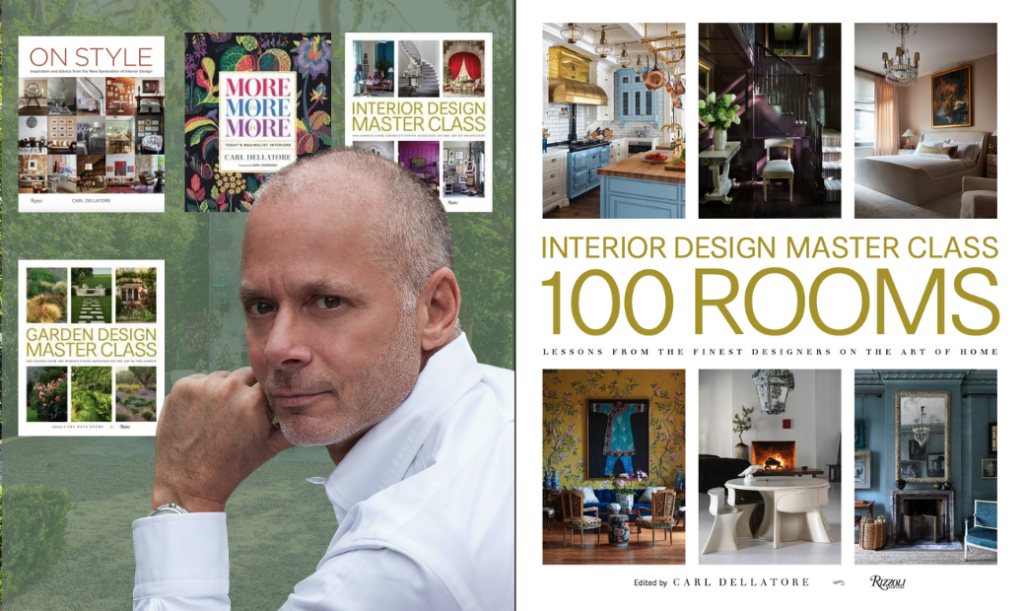
Dellatore discovered Bloom while working on his new book, “Interior Design Master Class: 100 Rooms,” which will be released Sept. 9 and is now available for preorder at all major online booksellers. The book features one of her designed rooms.
“When you really try and aspire to create something, and that’s what other people are seeing, it’s really special,” Bloom says when asked about the nomination.
Bloom, who opened her design firm about 15 years ago, first started in the interior design space as a home flipper, buying properties while in college and working as the general contractor.
“I designed and bought with friends,” she says. “After 2008 and the market was bad, I had people throughout the years who saw what I had built ask if I could design their homes and decorate. That’s how my career began, with me doing my own projects.”
To learn more about Bloom—what inspires her, how she achieves her timeless design, where she finds the unique pieces she includes in her design work and what advice she has for aspiring designer—Dellatore joined us for an exceptional one on one. Learn more in our Q&A below.
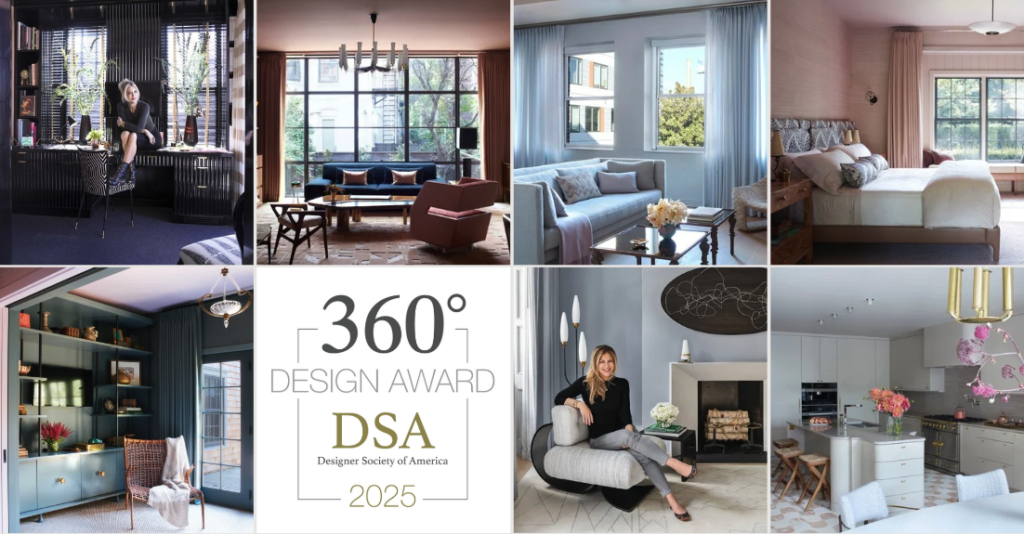
Many designers follow trends, but you emphasize enduring beauty. How do you define timeless design, and what elements are essential to achieving it?
“We are getting so many images thrown at us at such a crazy speed, so there is so much you have to rifle through in your head when you’re looking at things and you’re seeing them a lot, you have to say to yourself, ‘Do I actually think this is beautiful, or do I just keep seeing it and that’s why I think it’s pretty?’ That’s why you have to pull apart your brain and really figure out what you’re drawn to that’s beautiful and whether you’re drawn to it just because it’s aesthetically and artfully great, as opposed to you just seeing it a lot.
“I feel like for me, my goal when I’m designing a room is that it is all about the whole mood of the room, so that it feels good, and when you walk in, you don’t want to leave this room. I want to stay here, so there is something timeless that feels right. I did my living room about 15 years ago, and usually, about 10-15 years is when you ask whether something is getting tired and if you should replace it. But then I start looking through every single piece, thinking, ‘I still love that,’ and say, ‘Nope. We’re OK.’ I think that’s how I define it. In 20 years from now, it is a room you’re still going to want to be in, as opposed to picking apart each piece.”
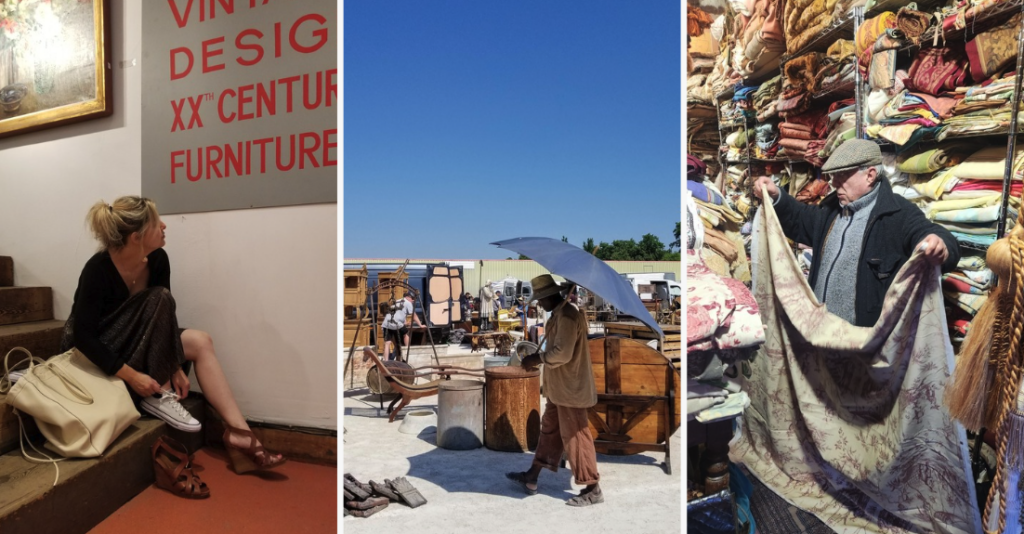
How much time do you spend traveling and looking at pieces, and how often are you in a shop?
“At least half of my life, if not more. I think it’s becoming increasingly more difficult to find special pieces. I feel like I’ve cultivated collectors and vendors all around the world, so I do have people who send me pictures of things all the time. But even now, even when looking at the dimensions and a photograph, I really can’t tell until I see it in person … so the core of my business is me personally traveling and going to these places to see these pieces in person. It really does consume like half of my life—outsourcing and looking. It’s a love that drives me, though. You always want to do what you love … but it’s also really hard, daunting and exhausting; but it’s also thrilling and fun, and if I didn’t have that, I don’t know what I’d do. I think it’d be really difficult for me to produce these kinds of projects without me personally being able to do that.”
Can that process be a bit of a logistical challenge?
“It’s a logistics nightmare, but I’m just used to it. I have people who are tracking and tracing for me and importing. It’s a whole business in itself; almost like I have two careers. I use the world as my source, as opposed to local markets.”
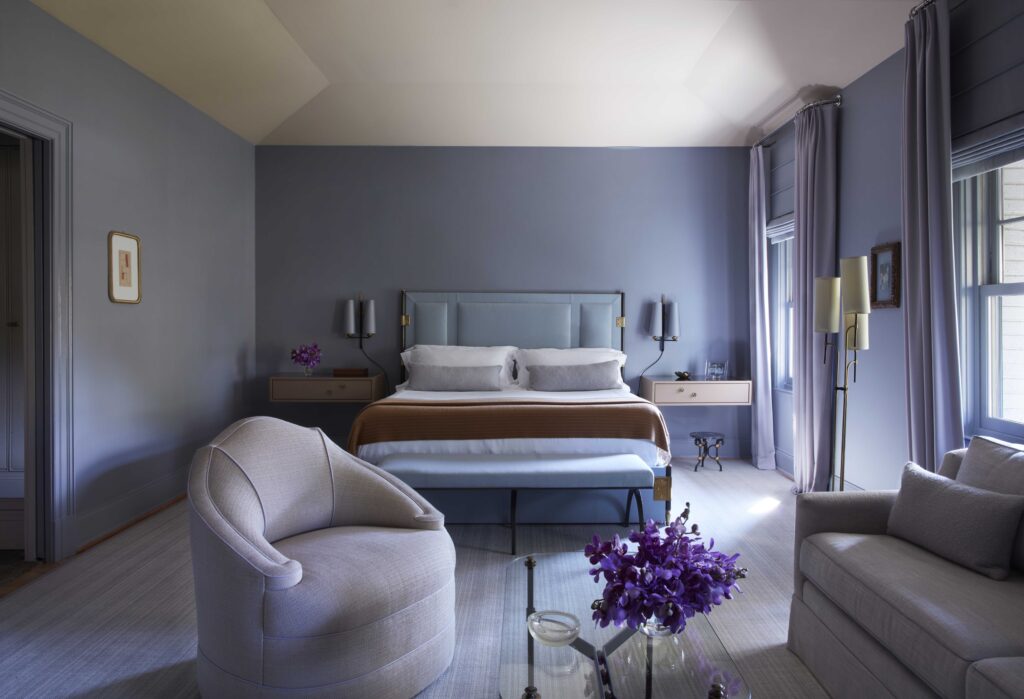
Designing a home is a deeply personal process. How do you ensure that each space truly reflects the homeowner’s personality and lifestyle? How involved are the clients in the process as it matriculates?
“The first thing I always try to figure out is their level of modern versus traditional, whether it’s someone who is single or a couple. If you look at my projects, a percentage are looking at old versus new, and I always want to be able to push [clients]. The whole point of hiring someone is to show them a world you couldn’t dream of yourself. I really try to get into what they’re drawn to. With colors, for example, I’ll ask what colors they are not drawn to. … Even if someone says they aren’t a red person, I’ll show them some shades of burgundy to see if they like those. The color gauge is huge. Even when you ask how much someone likes modern versus traditional … you really have to dissect because some words someone may use as traditional or modern, aren’t the same. … Then, it goes into how they want to live in a house.”
What’s the relationship between interiors and exteriors, the architecture of the house and how you view the interior? Do you like things to match up, or do you like some tension?
“I definitely like tension. I don’t know who said that you always want a little bit of ugly in something … I always have that in the side of my head … almost like a little bit of grunge with something, the high and the low. I don’t want anything to look caricature or like you’re building a French chateau in the middle of the New Jersey suburbs … I always say, ‘You want this house to look like it was handed down through generations, but that the new generation has added their own twist to it.’”
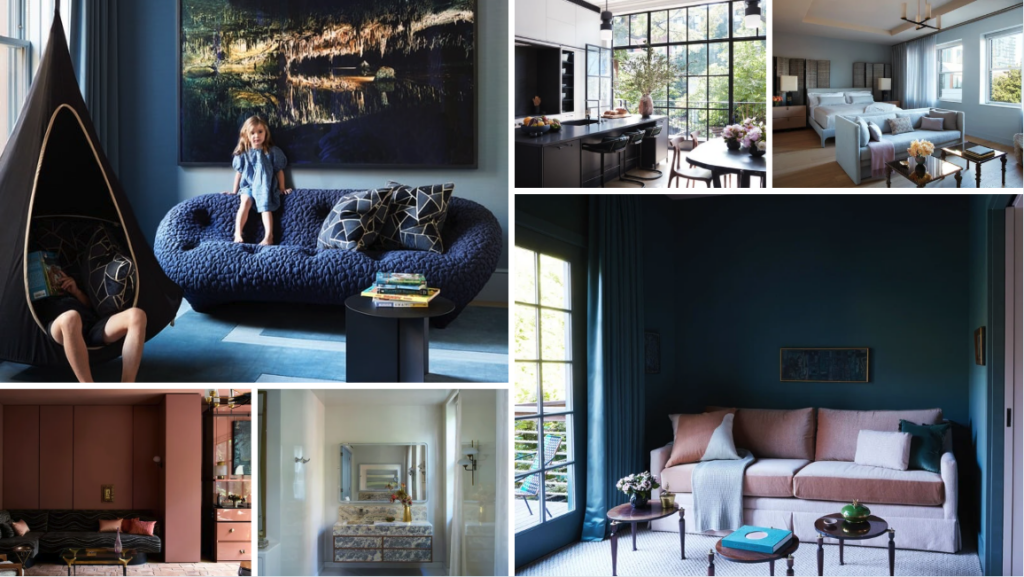
What advice would you give to aspiring designers who want to develop a signature aesthetic while remaining adaptable to different clients and spaces?
“The first: A lot of young designers do ask me my opinion on how they get clients and get jobs, and the first thing I can tell them, whatever the space is they are living in now, they better blow it out. They better spend every extra dollar they have on it. But when you’re young and you don’t have a lot of money, but you have to be creative. It’s with paint colors and cool fabrics that you can put together so that you’re really setting yourself apart and wow people. Don’t follow the trends and make it look like everyone else’s.
“The second is functionality, having spatial plans that area really unique. Create a space, make nooks, make a little cool loungey area in the side. Things that will really set your space apart so that when someone is looking to hire you, they are drawn to you.
“When young designers send me their portfolios, I see a lot of the same things. They are just picking what is trending and what is out there now, and they are just placing it in these homes. I want nothing to do with that. I want somebody, even if it wasn’t my style, and they were modern, industrial, hard-edged, and masculine. But if it was a point of view that was really cool and original, I’d hire them. I want someone who can completely push me and show me different things. You’ve got to make your space. Make your bathroom the coolest bathroom you’ve ever seen, or your dorm room the coolest dorm room ever. … I’m looking for that originality and brilliant mind.”
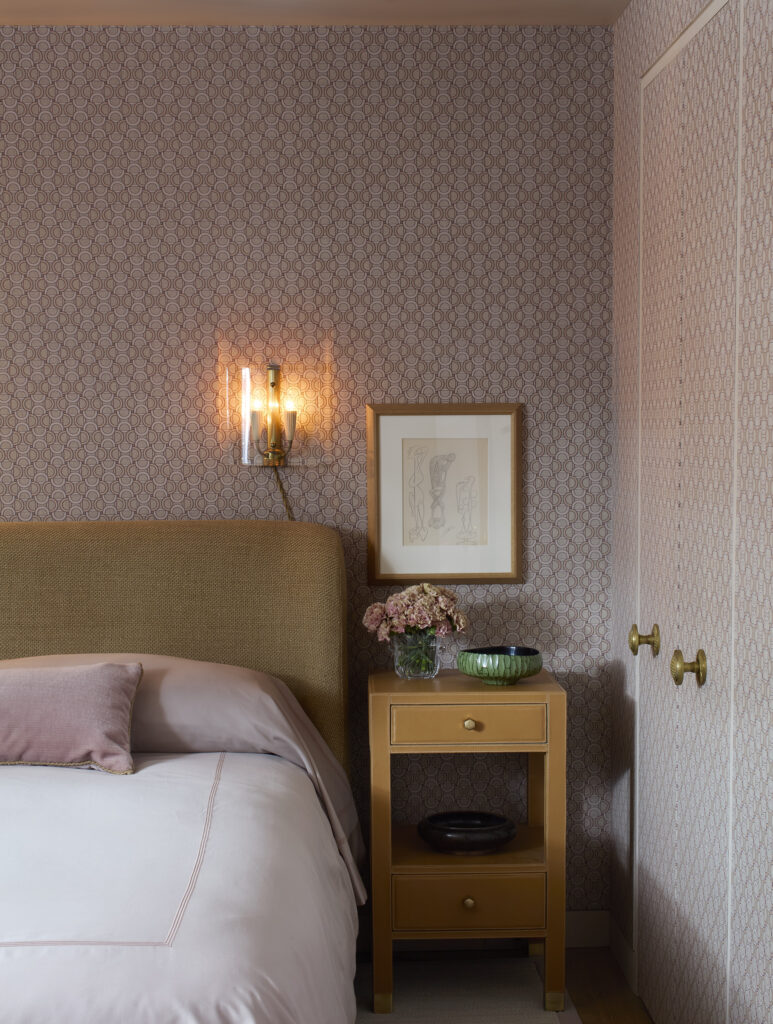
Customization is a hallmark of your work, from custom sofas to bespoke hardware. What are the most rewarding (and challenging) aspects of designing one-of-a-kind pieces?
“I’m constantly trying to look at things in a different way. How can I make this kitchen not look like a kitchen? How can we make the cabinetry a little bit more elegant, but still functional?”
How do you see the future, thinking about interiors?
“I was just in Paris and looking for properties for a client who wants to do a project in there and everything is starting to look similar—everyone is kind of starting to blend and lock on to a look. So, when I was looking at all of these, my inkling was how do we go the complete opposite direction, not look anything like these? People are going to start to get fed up with everything looking the same. Hopefully, there will be a lot more artists and designers who will start having their own point of view, but you hope that clients are really open to it. The mind plays tricks on you, the more you see something, the more you like it and are drawn to it. But do you really like it? Or is that because you just keep seeing it?
“I think cultural differences are blending. … The world is getting smaller, and it’s not the prettiest thing. What’s so fabulous is being in other countries and feeling like you’re living in a different land and world. I hope it goes back.”
Where’s the place you want to go to next or again?
“My next place I want to conquer is Rome. I’ve conquered about 75% of Paris and France, and I have my own world and niche there. I have a vision of having a terrace in Rome—the gardens and the green.”
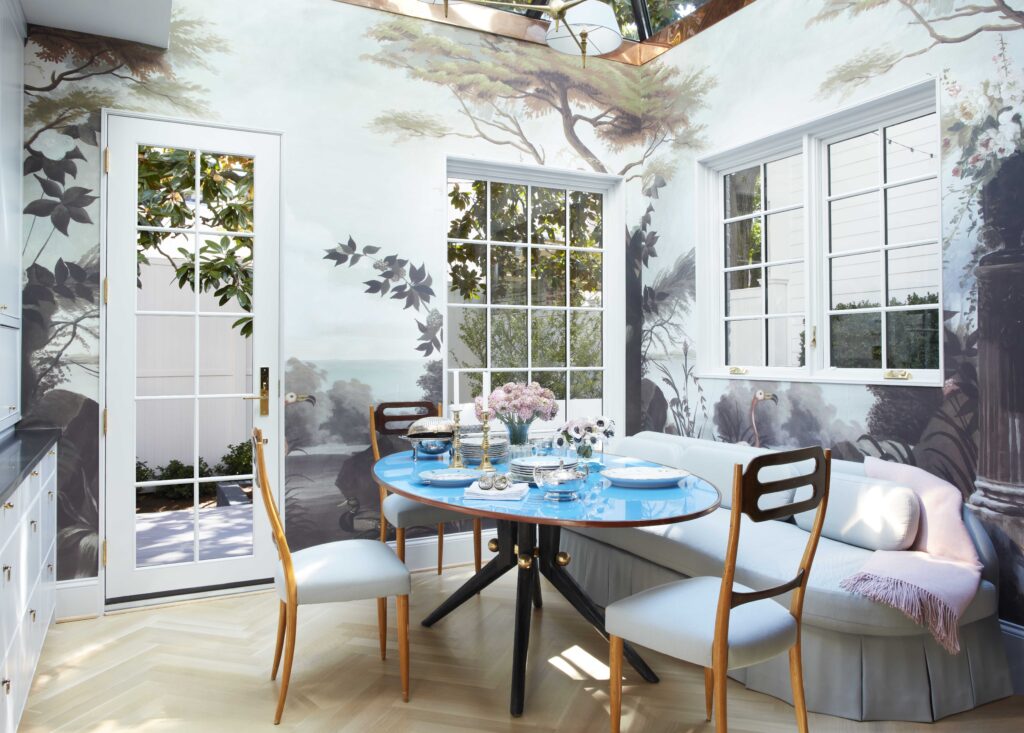
Where do you see yourself in 10 years?
“I can see myself returning to where I began—buying and renovating my own projects. I want to find more unique properties in Paris and restore them to their former glory, transforming each one into a jewel, with every detail considered, right down to the linens and china. I could see things evolving in that direction. I’ve found that my best work comes when I don’t second-guess—just go all out. Looking ahead, I see myself taking on fewer client projects and focusing more on my own developments around the world.”
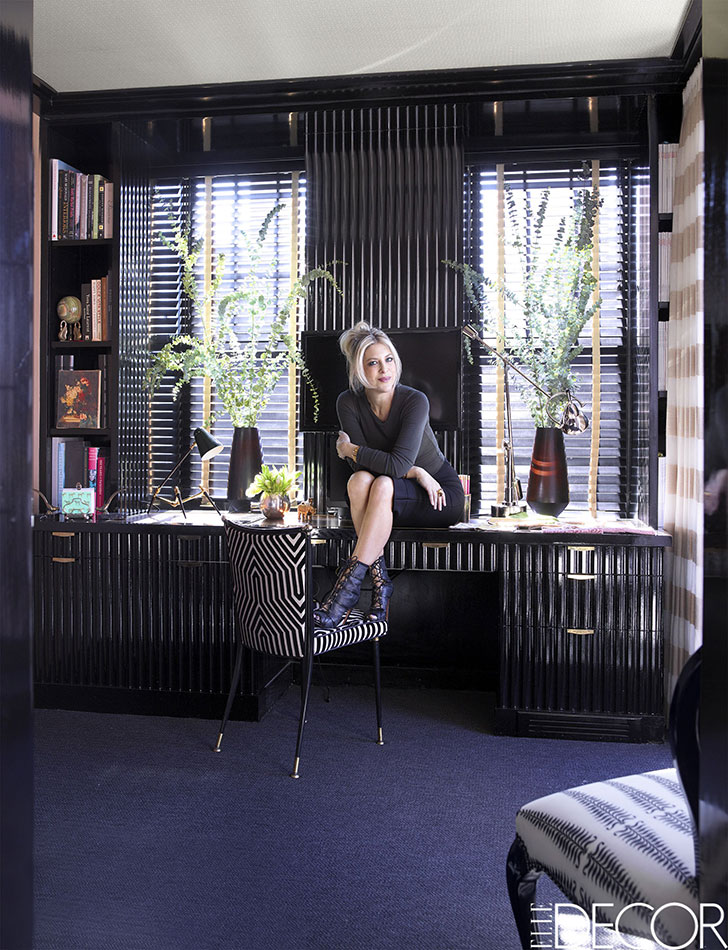
Be sure to follow Alisa on Instagram at @alisa_bloom to stay up to date with her latest work. She continues to create breathtaking designs around the world, including current projects in Hong Kong and Paris that we can’t wait to see!
And a special thank you to Carl Dellatore! Stay updated by following his Instagram. About Carl Dellatore & Associates – provides designers, architects, and creatives with writing, editing, and copyediting services by an established team to effectively reveal your story. His new book, “Interior Design Master Class: 100 Rooms“, will be released Sept. 9 and is now available for preorder at all major online booksellers.


